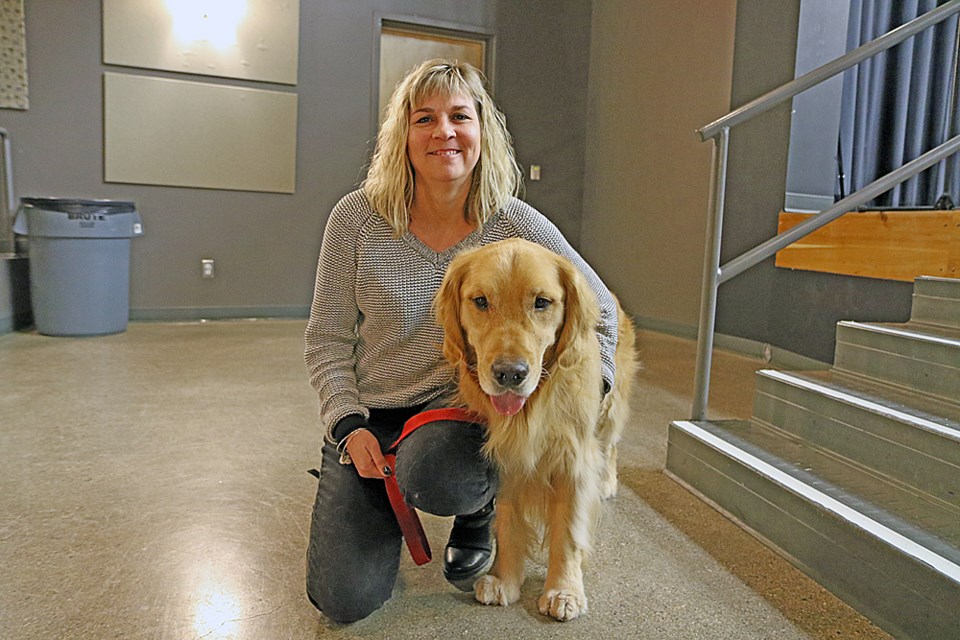From animal abuse and its connection to domestic violence to human trafficking, the Breaking Barriers Conference aimed to increase understanding of interpersonal violence.
“This is important to [North East Outreach and Support Services] because we can open up some communications and dialogue between everyone on how we can better serve our clients and everyone that is vulnerable by doing this,” said Alana Kewley, the manager of the organization’s domestic violence shelter. “We can all be on the same page, so to speak, and we’ll be able to work better to serve clients in need.”
Leanne Sillers, the Saskatchewan SPCA’s animal safekeeping co-ordinator, was one of ten speakers presenting at the two-day conference, held Jan. 16 and 17. She was there to talk about the connection between animal abuse and domestic violence.
Of those seeking refuge from domestic violence, 71 per cent said their perpetrator abused animals. Of social service workers polled, 96 per cent said the safety of a pet was a factor in a survivor’s decision-making and planning process when it came to seeking help, and 78 per cent said they knew of someone that didn’t seek help because of their pet.
Sillers said there was a link between domestic violence, child abuse, elder abuse and animal abuse.
“We know that one of these incidents tend not to be isolated from the others,” she said, saying that something like animal abuse might be the visible tip of an iceberg of abuse. “We might only see a dog that’s constantly tied up and neglected.”
Sillers said animal welfare organizations, police and groups opposing domestic violence need to work with each other, using animal abuse as a potential sign for something worse. She also said domestic violence shelters need to ask survivors if they have a pet when they go through an assessment.
“A lot of times people are embarrassed to say I don’t want to go because of my dog or cat.”
There were around 60 attending the conference, representing both Northeast social service organizations and from other shelters in the province.
Joy Smith, the president of an eponymous foundation that helps victims of human trafficking, said girls, women and even boys are at risk of being lured into human trafficking for the purpose of sex work, no matter the race or social class.
Of those drawn into human trafficking in Canada, 93 per cent are Canadian, with ages 12 to 14 the average age of entry. The perpetrators make an average of $280,000 per year per victim.
“If you think it’s just in other countries, you’re wrong,” Smith said.
The victims are groomed by the perpetrators. They are told things like they are beautiful and they want to settle down with them. They are taken out to restaurants and given expensive gifts. Then they are told they have to make money and are forced to perform sex acts. Soon, the perpetrators use guilt and shame to get the victim to stay. Sometimes, this happens under the nose of parents as they still live at home
Smith emphasised that it’s not the fault of the victims – or their parents – it’s the fault of the perpetrators.
As an MP, Smith had a law passed that places mandatory minimum sentences to those caught human trafficking people under the age of 18.
Kewley said she believes the sessions and stories given at the conference is a way for organizations like hers to better understand the difference between their clients so they can build bridges to better serve them.
“Everybody’s different,” she said. “By knowing everybody’s struggles, then we know if we need services in a different area, if we need education in a different area and then we are able to recognize that we need to serve this diverse population a bit differently.”



